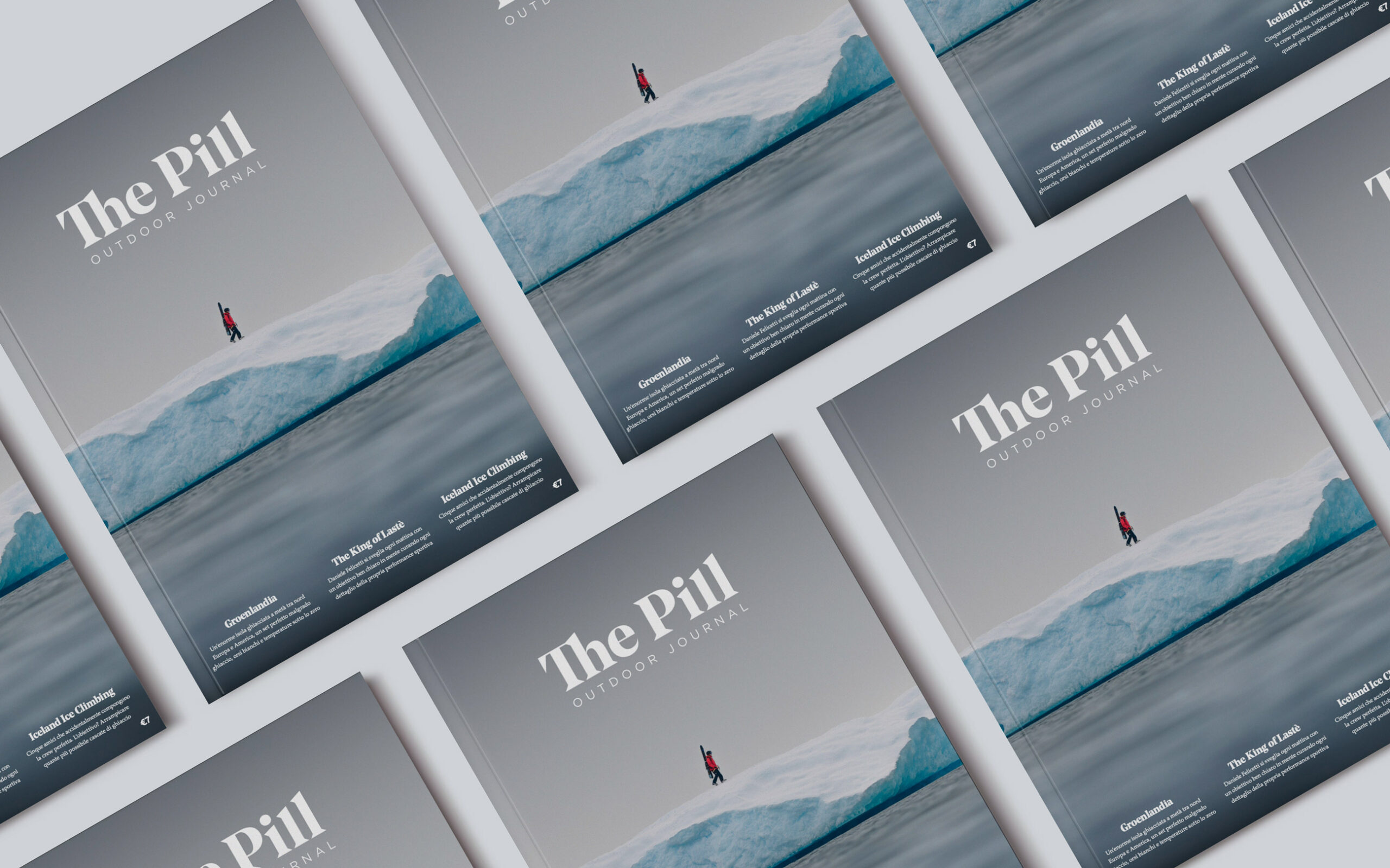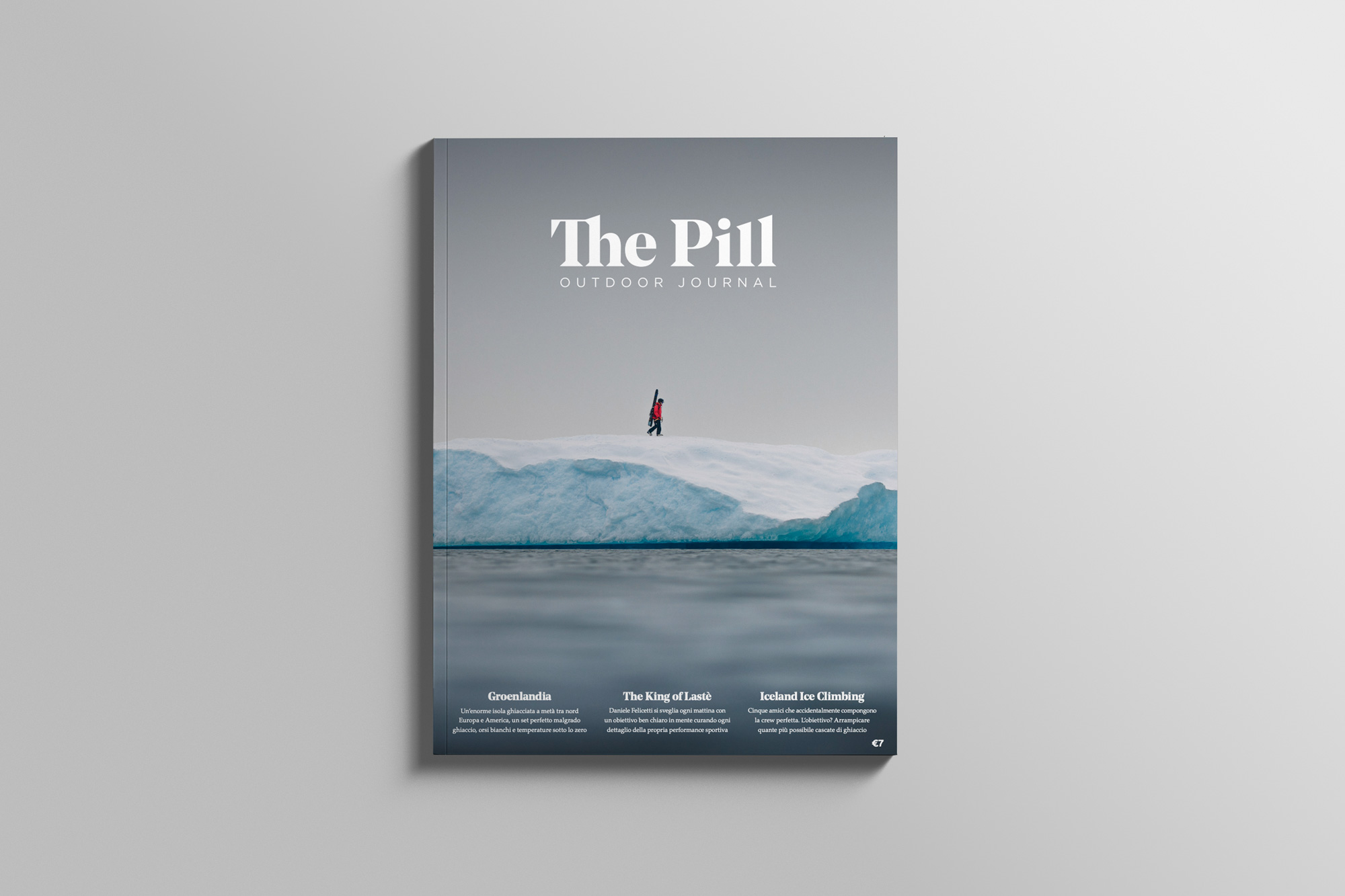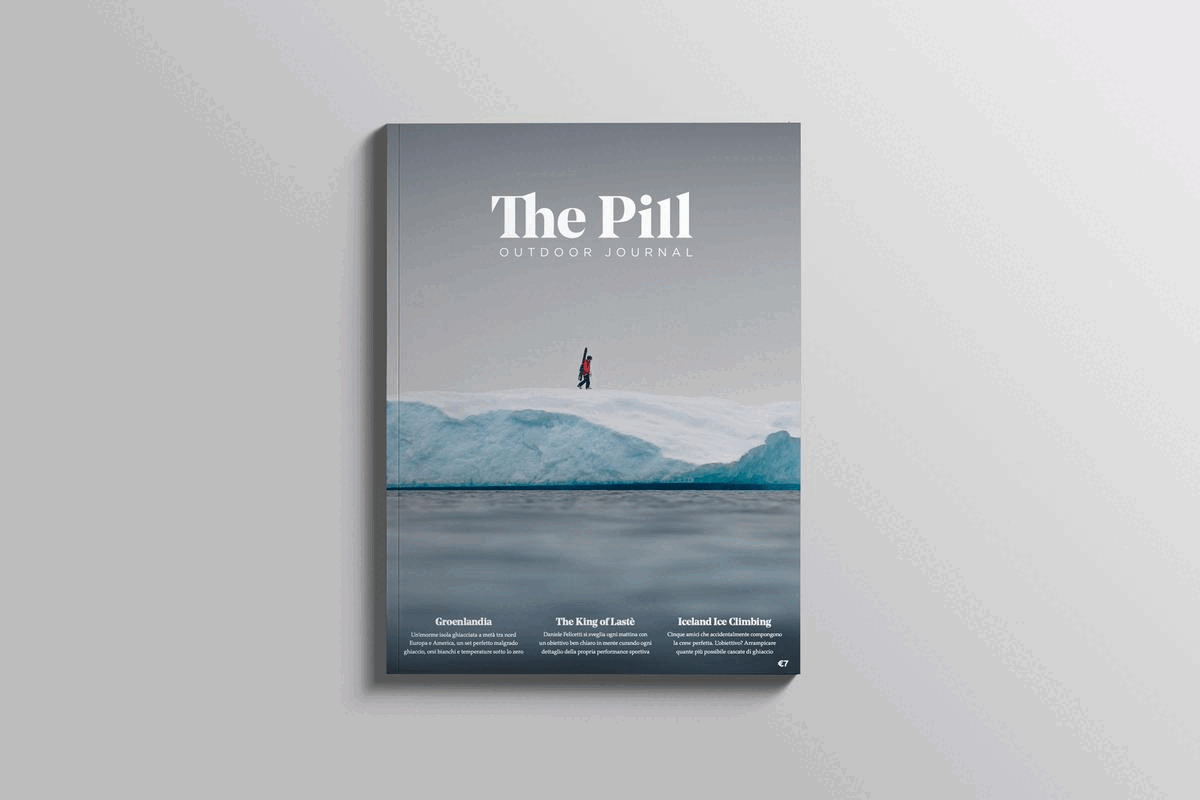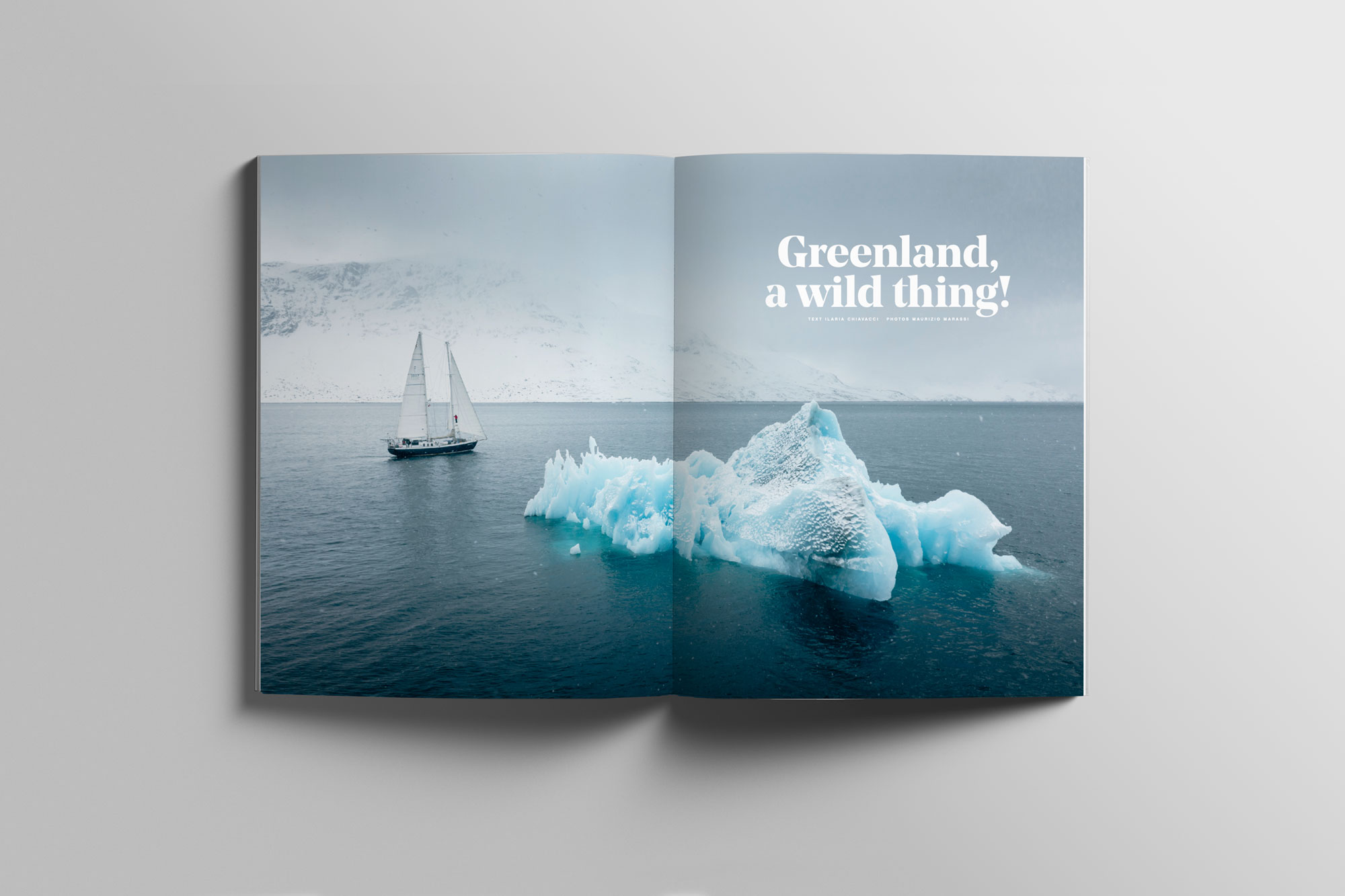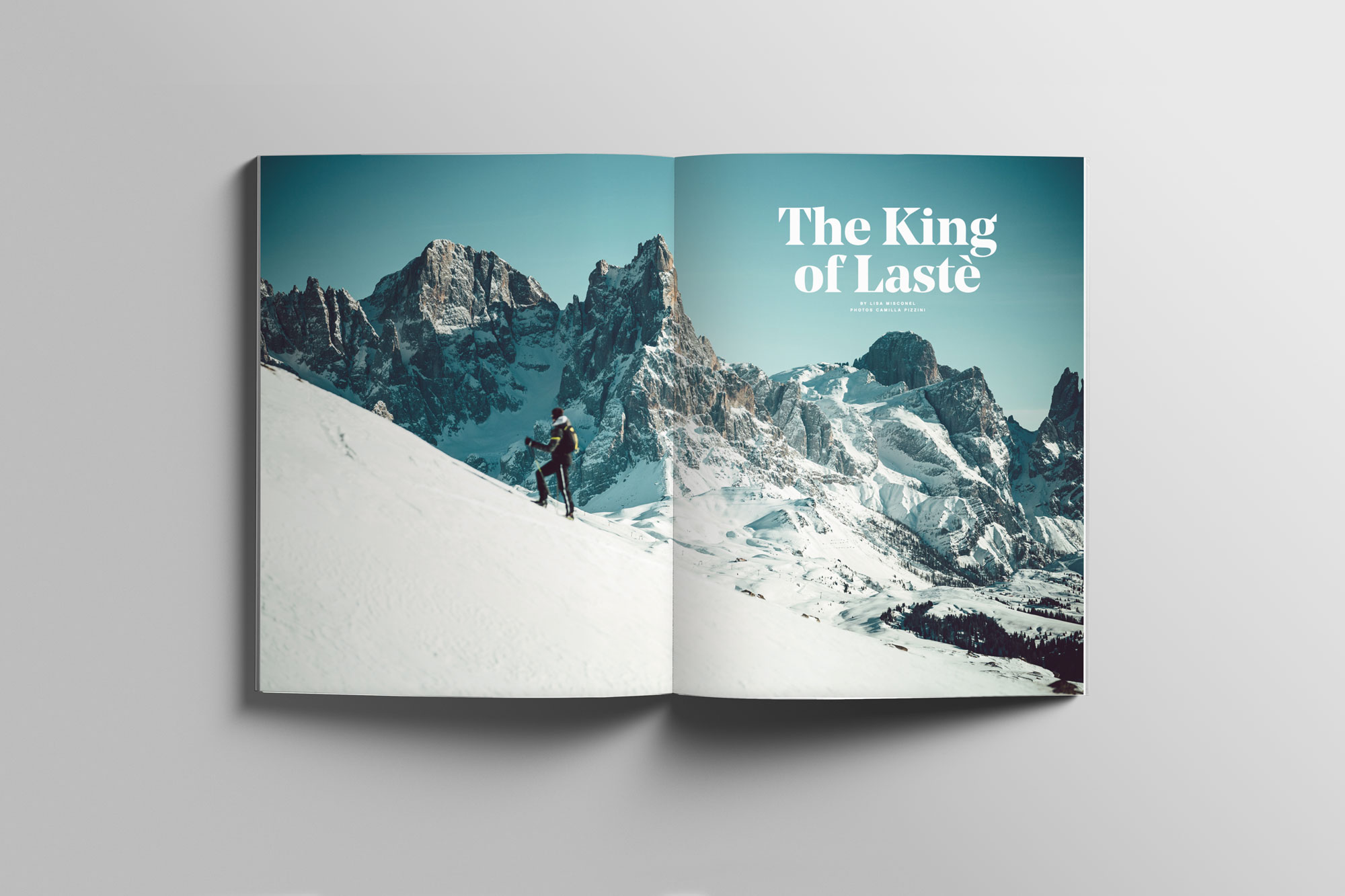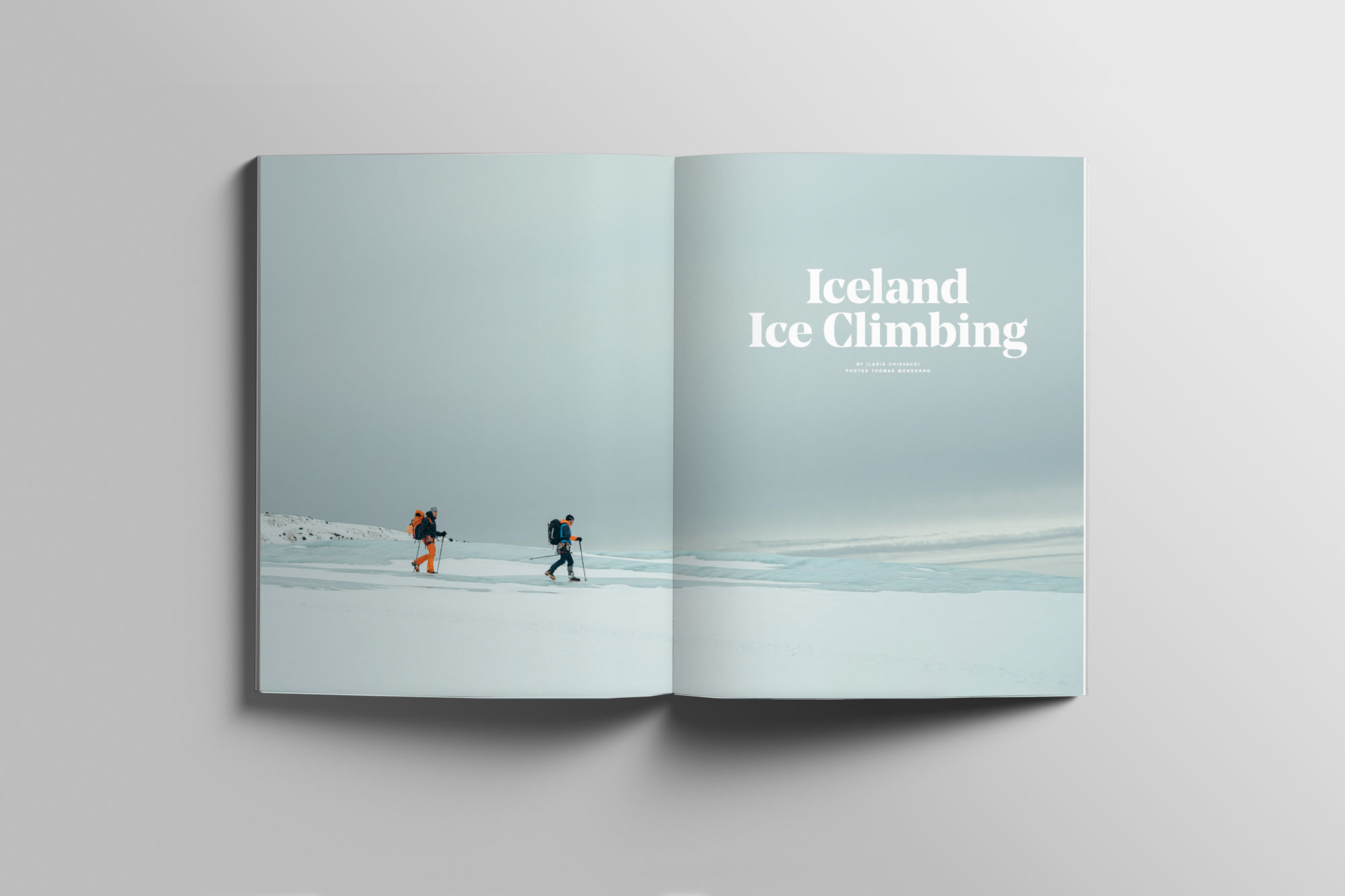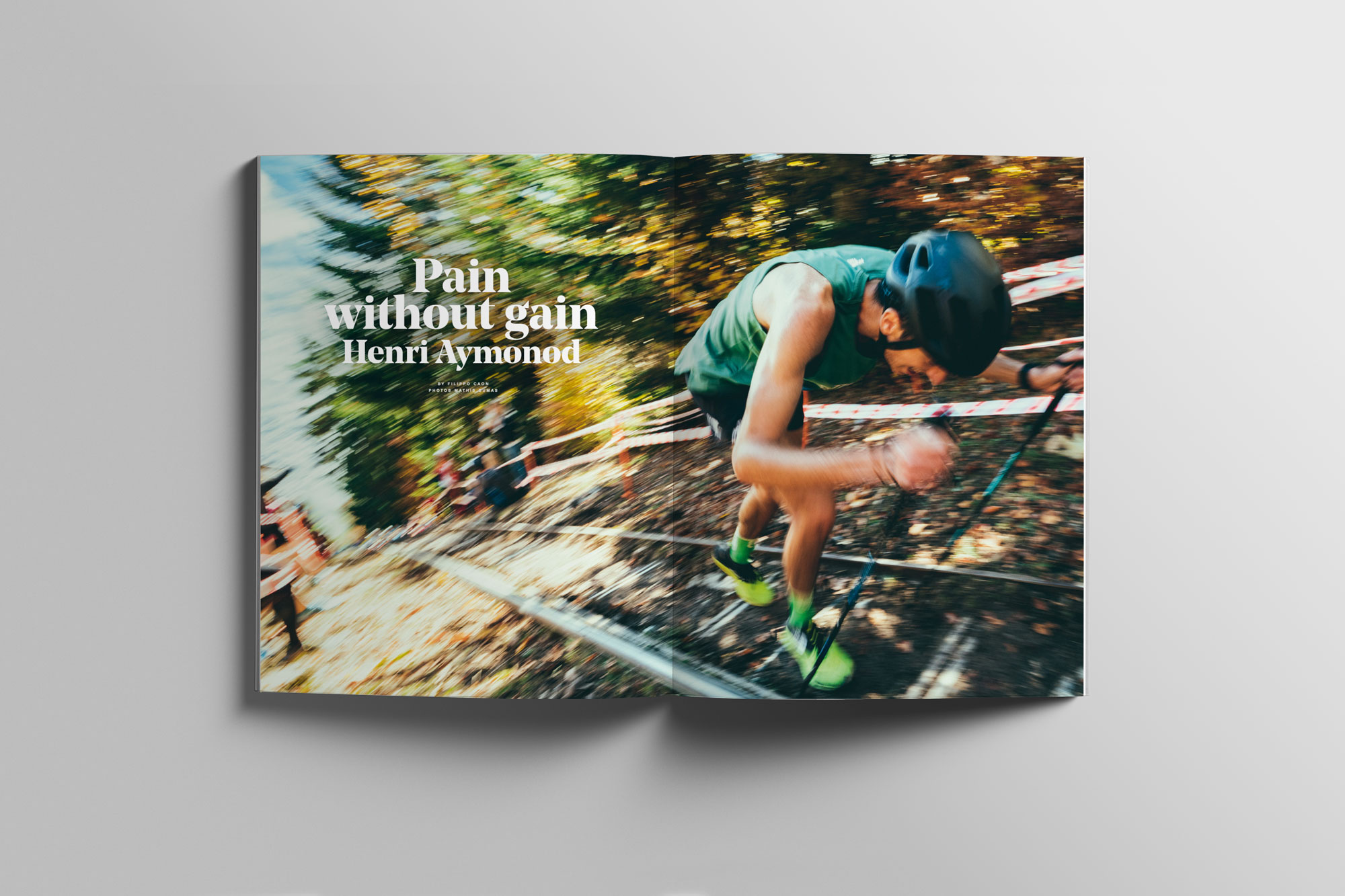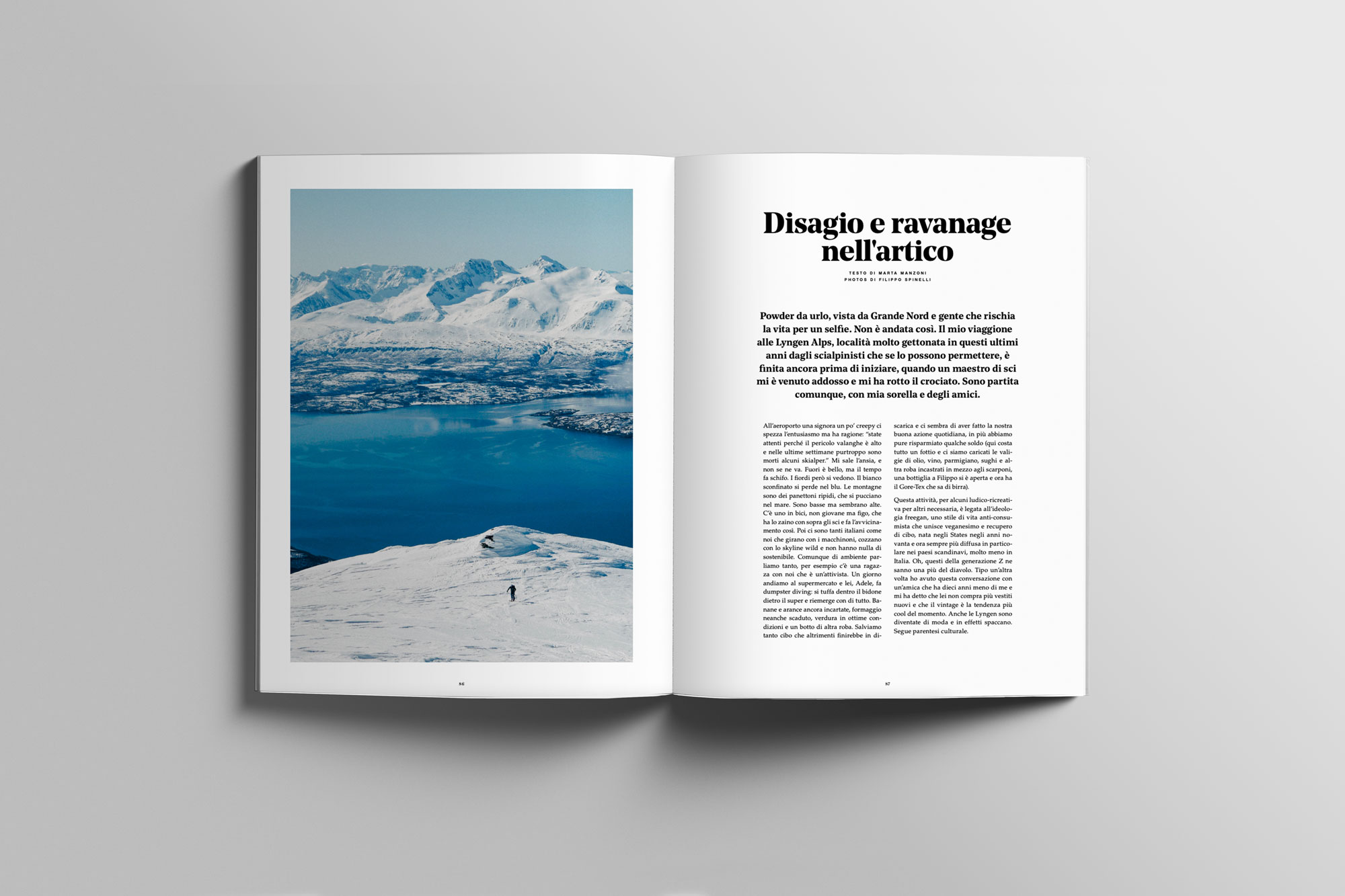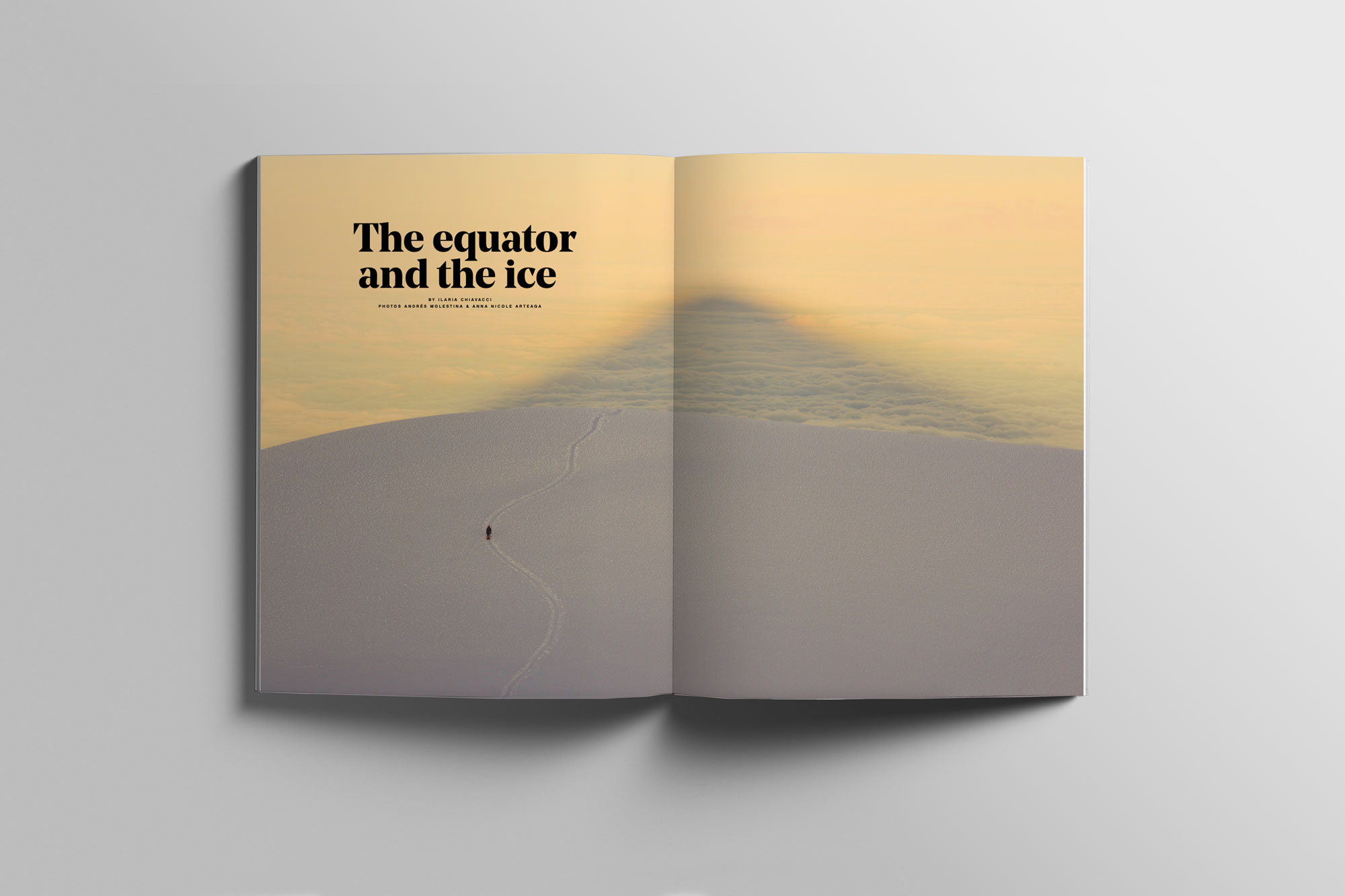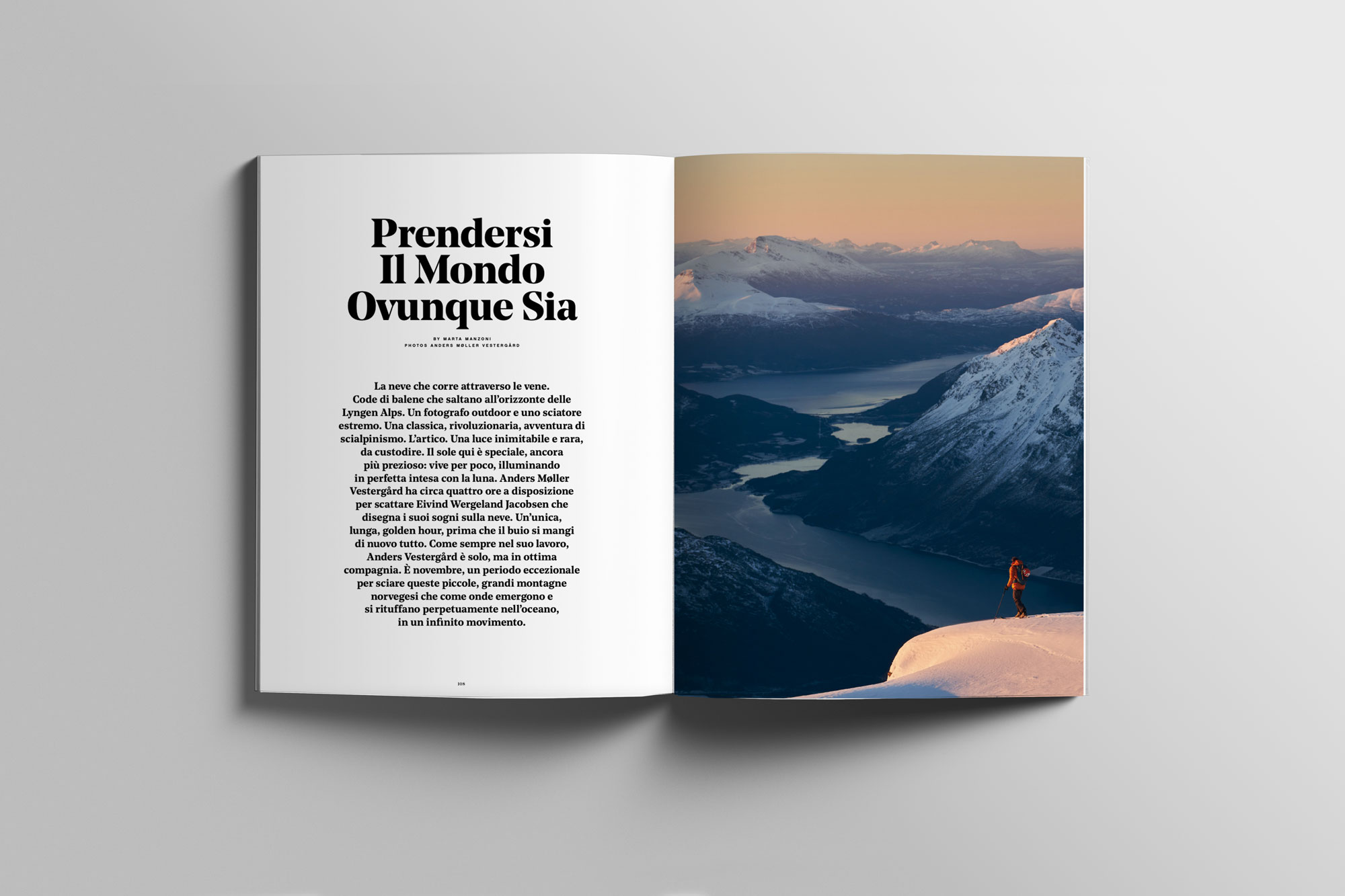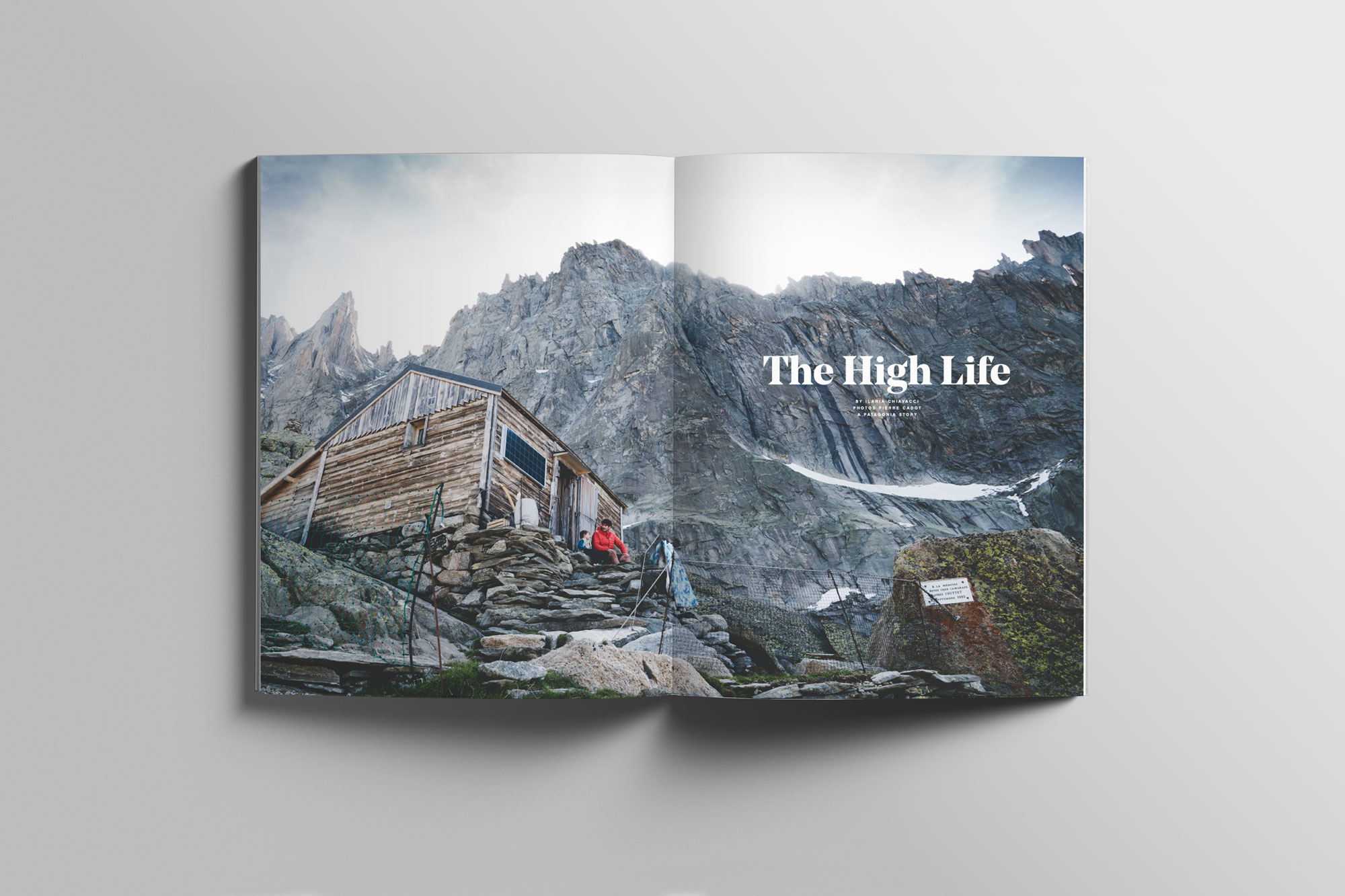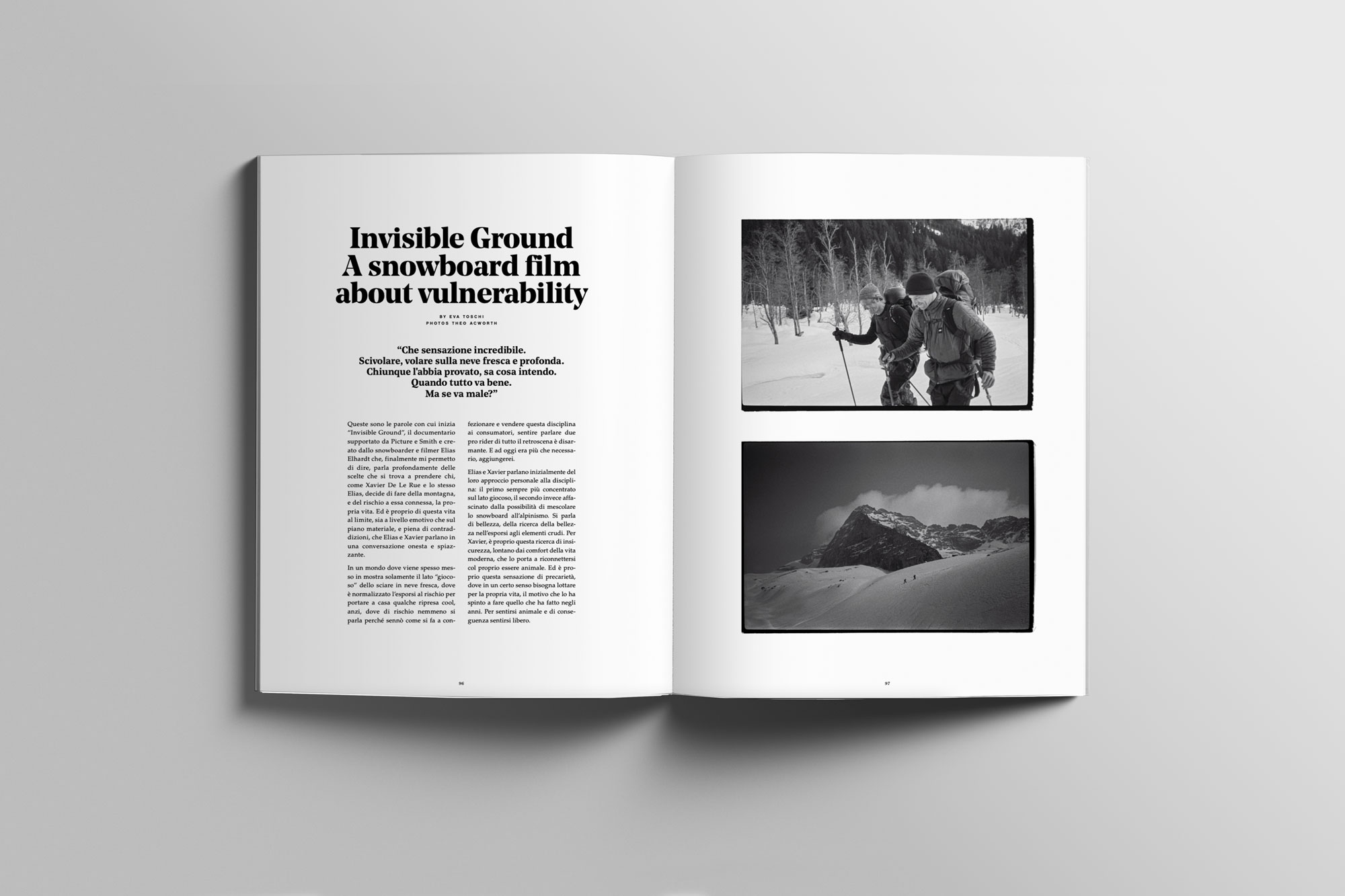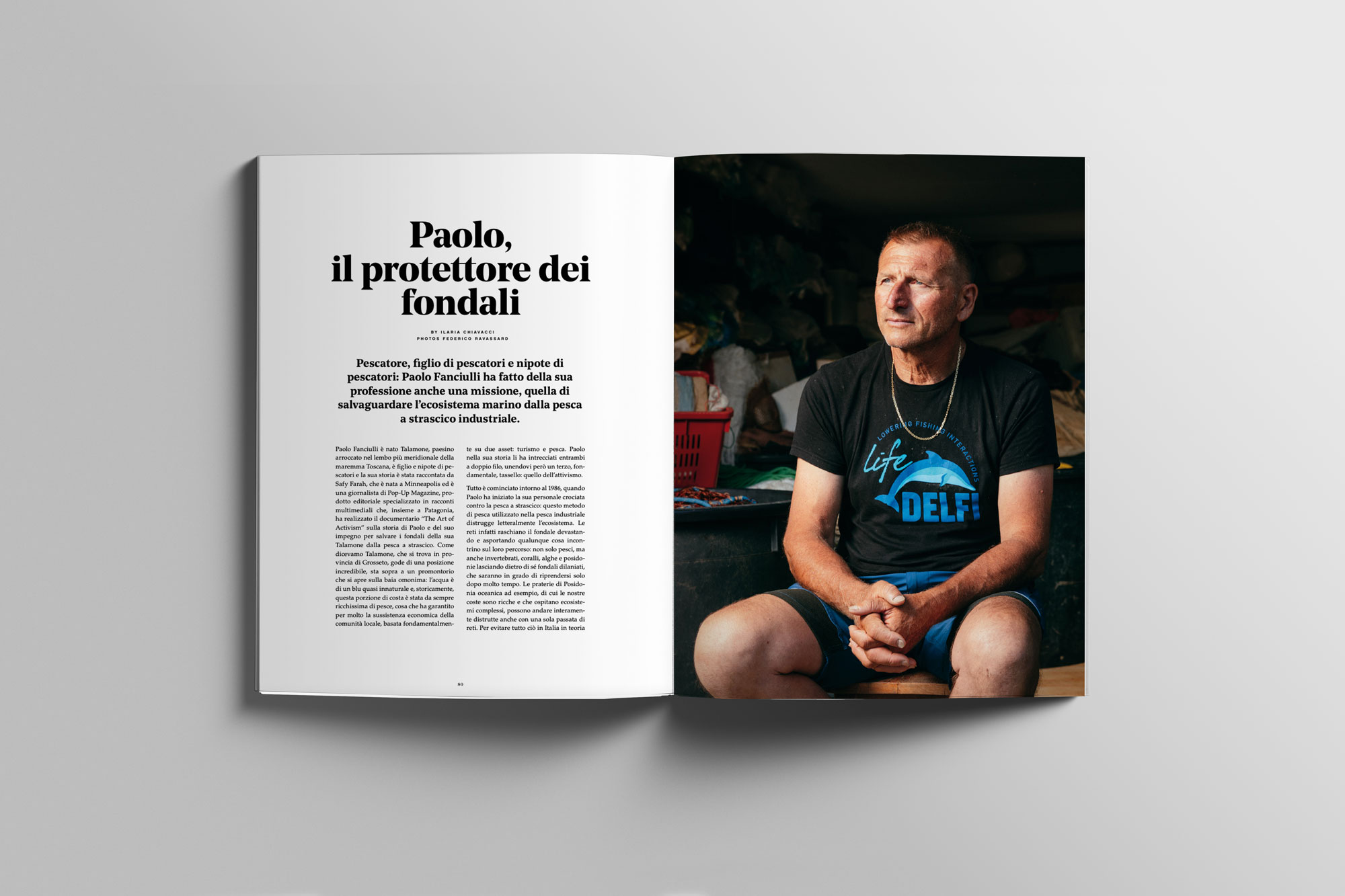Ecological anxiety isn’t a few people’s privilege
There are more and more stories of people suffering from eco-anxiety, or the anguish that arises from seeing that the world is falling apart. Among the many anecdotes about this topic, I will start from a singular testimony reported in an article in the New York Times. Alina Black, 37 years old, from Portland, says that she feels guilty at every diaper of her baby she changes, aware that that daily gesture contributes to planet pollution and the climate crisis. In the morning, after breastfeeding, Alina falls into a black hole, sunk by news of droughts, fires and mass extinctions.
I got food for thought a few weeks later, when I came across a report on Cyclone Idai, the tropical storm that hit central-eastern Africa in March 2019 causing severe flooding in Malawi, Zimbabwe and Mozambique. The women in that documentary had not only never had diapers to throw away (and for which to ask the world’s forgiveness), but they lived in a state of perpetual alert and devastation. This is where I asked myself: do those women feel the same concern for the future of the planet as Alina Black? Do those who are already heavily affected by the climate crisis have time and a way to dwell on their feelings? Or is surviving in itself so challenging that it leaves no room for inner anxieties?
I found the answers in several in-depth articles, all of which agree that eco-anxiety is not a Western luxury. That mental health is not the exclusive preserve of those living in the developed countries of the global north. Anyone, regardless of her status, clearly understands how the environment impacts health. However, as inevitable as it is, in countries with lower resources, the treatment of physical illnesses ends up being the most urgent priority.
Sometimes, to fight climate anxiety, people are suggested to meditate, build resilience, create spaces in which to share their feelings. Or why not, take action. Reconnecting with nature is another of the suggestions that are given to those suffering from climate anxiety. But this strategy, for those populations that have always lived an ancestral relationship and symbiosis with the land, does not make much sense. “The solution to eco-anxiety in these countries is to support and help people overcoming and managing the climate crises they face. Wealthy people need to act to reduce their carbon footprint and provide support to low-income countries so they can overcome climate disasters, partially offsetting this massive injustice” says Professor Mala Rao.
After these readings, what I understood is that we all suffer equally. What changes is the assistance to which we have access and the leeway to reverse course. Extreme poverty and vulnerability are elements that necessarily end up having priority in the scale of concerns, but they are also the most easily visible and remediable ones. Living in the northern hemisphere, with all the associated privileges, does not make our anxieties irrelevant. The solution, however, lies not only in good daily actions that make us feel at peace with ourselves, but in demanding from our governments appropriate responses to the seriousness of the situation. An attention that is institutional, collective and global, just like the catastrophe we are experiencing.
David Fioraso
